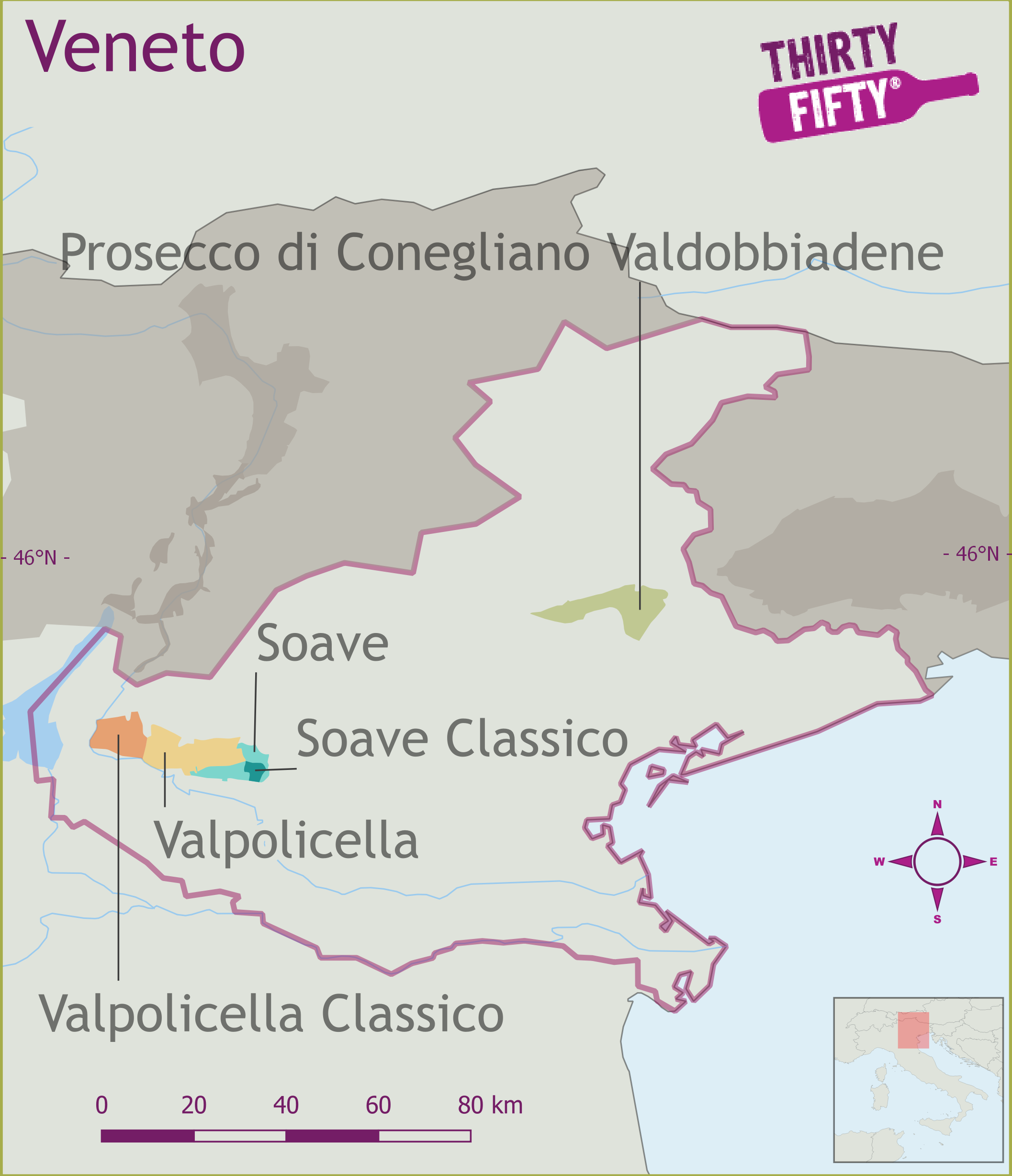Wildfires and drought damage wine regions
Wild fires in Bordeaux and drought in Northern Italy as summer weather causes problems for wine regions. Read more »
BOOKINGS: 020 8288 0314
Jancis Robinson described Chardonnay as the tart of the grape world, as it would lie down anywhere and do what the winemaker told it to do! In other words it will grow almost anywhere and produce decent and quite stylistically different wines ranging from minerally Chablis, Champagne, buttery fruit wines, tropical fruit wines or oaky vanilla wines. During the late 1990's Chardonnay was the drink of choice for many. However people became bored with the oaky wines found in so many bars and the term, 'ABC' (Anything but Chardonnay) came about. The ubiquitous yet noble Chardonnay grape has virtually become a brand name. From its homeland in Burgundy, its fame and fortune have taken it all over the world. It�s grown on different soils in varying climates to be used either as a single varietal or in blends, for still and sparkling wines, and with or without oak ageing to create a wide range of wines with diverse personalities. As a result, it�s impossible to describe a typical Chardonnay. For a start, the grape can make anything from an everyday glugger to a high-quality wine deserved of ageing. Its popularity in the vineyard stems from the fact that it�s easy to grow, consistently yielding generously with relatively high sugars (and, therefore, alcohol). In the winery its advantages are obvious � it�s difficult to make a poor wine from it, unless it�s been picked too late, because then its acid levels fall quickly, which make it flabby. Chardonnay isn�t strongly aromatic: some detect anything from apples (or barely ripe apples in Chablis) and melon in Maconnais Chardonnay to tropical fruit flavours in New World examples. Common descriptives, however, tend to refer to texture and weight rather than flavour � buttery for broader styles, such as Meursault from the Cote de Beaune; steely for Montrachets and nutty for Corton-Charlemagne. There�s an attractive leanness to fine Cote d�Or white burgundy, that sets it apart from Chardonnays from the rest of the world, but this can be emulated further south in the Cote Chalonnaise and Maconnais in good vintages with clever winemaking.
Corvina is the northeast Italian red grape that makes fruity reds with a signature cherry note in the Veneto. It is the best variety used in Valpolicella, where it is blended with Rondinella and Molinara, and also in Bardolino and Amarone. This late ripener is a tricky beast, being prone to rot if affected by rain at harvest, producing anything from fairly tart wines of light crimson with light-to-medium body, sometimes with a bitter almond character, to deep and spicy reds. The results with it are very much dependent on yield but producers have shown that Corvina used as a single varietal or as the dominant grape in a blend can produce serious, barrel-aged wines. It can account for up to 70 per cent of the blend in DOC wines and provides the personality.. The neutral Rondinella, the tart Molinara and occasionally Negrara are its blend-mates. Corvina ripens late and the quality of it is dependent on how much its allowed to yield. It is also known as Corvina Veronese and Cruina.
Merlot makes luscious, smooth and fruity wines. In spite of this, it�s still perceived as one of the vine world�s great underdogs, most often being unfavourably compared to prized Cabernet Sauvignon, its more austere and frequent blending partner. Planted throughout South West France and much of the rest of the world, Merlot means �little blackbird� in Bordeaux patois, and was so-called because it was said that it�s the grape the blackbird guzzles first and that the bird�s colour resembles the grapes. It produces its most glorious wines in St-Emilion and Pomerol, on the right bank of the Gironde, including Bordeaux�s most expensive wine, Chateau Petrus. Chile's soft plum aromas are a favourite to many consumers. Merlot can adapt to a wide range of soils and microclimates, but it buds, flowers and ripens relatively early, so spring frosts are a danger. Its thin-skinned grapes are also liable to rot in wet vintages. However, Merlot�s lowish fruit tannins make it an excellent early-drinking wine.
Pinot Gris is a French grape known by a collection of names around the world Pinot Gris in France Pinot Grigio in Italy Rulander in Germany Szurkebarat in Hungary This pink skinned variety is related to the Red Pinot Noir grape, which has a reputation of mutating from time to time. Pinto Gris is one such spontaneous change. The grape itself can make deep coloured full bodied, soft gently aromatic wines with lots of extract giving a fleshy rich mouth feel, and soft aromatic wines.
PDO's & PGI's
Key Grape Varieties: Chardonnay, Corvina, Garganega, Merlot, Pinot Grigio, Trebbiano
